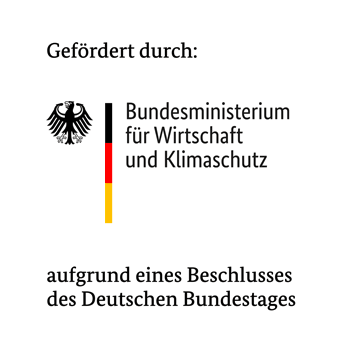Novel star polymers as lubricant additives reduce friction


When formulating a lubricant, one quickly gets into a conflict of objectives: In the hydrodynamic range (low loads and high speeds), low-viscosity oils lead to low friction losses. At higher loads or low speeds, however, this can lead to greater wear. Polymers on the surface can counteract this wear. However, polymers dissolved in the lubricant cause an increase in viscosity, which then in turn causes higher friction loss at low loads and high speeds.
The task of the Fraunhofer LBF in the PROMETHEUS project funded by the BMWK was therefore to develop and synthesize a polymer that, on the one hand, exhibits pronounced adhesive behavior on the surface to form a lubricating film. On the other hand, it should have as low a thickening effect as possible.
The solution to the problem was to synthesize star polymers with functional groups that have attractive interactions with the surface.
The viscosity increase of a solution resulting from a polymer dissolved in it is, among other things, a function of the volume occupied by a single polymer in this solution. Due to its architecture, a star polymer can expand less in solution than a linear polymer with the same molar mass under identical conditions, and thus makes a smaller contribution to the viscosity increase. Another advantage resulting from the use of star polymers is that the polymer can be anchored to the surface with multiple arms. If one arm is sheared off, the molecule still remains on the surface so that the lubricating film can be maintained.
The novel star polymers were finally synthesized in the laboratory and the synthesis was scaled up to the kilogram scale so that they could be tested by the project partner Fuchs Lubricants Germany GmbH for their potential to reduce friction in lubricants. The results were astonishing: significantly lower coefficients of friction were measured in both lubricant model formulations and fully formulated engine oils when they contained the new star polymer (Figure 2, Figure 3).
Molecular dynamics simulations at Fraunhofer IWM on the behavior of the polymers on the surface and in the lubricant provided valuable contributions to understanding their mode of action (Figure 4).
Rolf Luther, Fuchs Lubricants Germany GmbH

The development of the star polymers was funded by the German Federal Ministry of Economics and Climate Protection on the basis of a resolution of the German Bundestag.
Project partners: